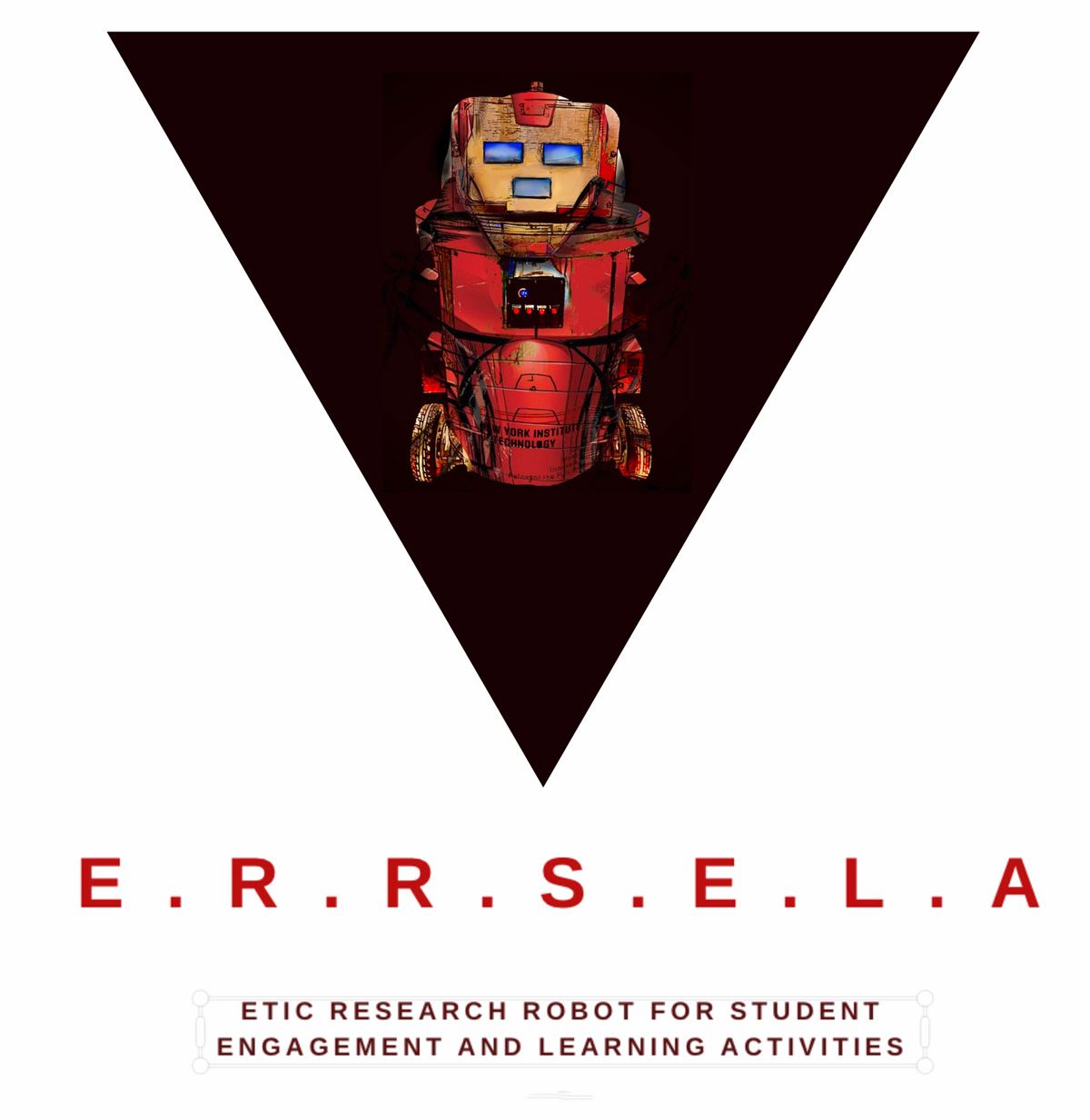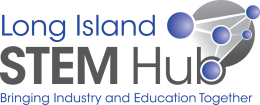“New York Tech’s E.R.R.S.E.L.A. robot has served double duty as a research and high school outreach tool before and during the pandemic…and even played a starring role at this year’s commencement.”
 An excerpt from the article:
An excerpt from the article:
“E.R.R.S.E.L.A. is not just a robot—who can speak, play music and answer questions—but a philosophy. It was deliberately designed to engage students at their individual levels of experience and in their areas of interest. In a relatively short time, E.R.R.S.E.L.A.—both the robot and the program named on its
behalf—has indeed demonstrated how technology and innovation can promote engagement, even at a distance and despite so
Alex Vazquez-Zavala, a computer science major from Westbury, N.Y., was among the first students to participate, configuring electronics and code for the robotic arms, which can lift up to 100 pounds. “I’m new to Python, so I’ve been learning as I go,” he says. “Working in phases makes it simpler. You need to make the arm move, so you do the research and make the arms move. Then you add the next step. This keeps building and making the robot better.”cial isolation. This was possible because Michael Nizich, Ph.D., director of New York Institute of Technology’s Entrepreneurship and Technology Innovation Center (ETIC), developed an application programming interface (API) that allows students, faculty, or teams to add design elements, capabilities, and software intelligence to E.R.R.S.E.L.A. from any location—a classroom across campus, a student’s home computer, or even a local high school lab—regardless of their discipline, major field of study or skill level.
